Diferencia de simetría par e impar de funciones de manera didáctica
Continuando con el post anterior ( VER ) de las funciones de que se hablo que es una función, funciones generalizada y sus traslaciones. En este le voy explicar sobre la funciones pares e impares y su simetría, funciones crecientes y decrecientes y funciones trigonométricas.
Funciones pares e impares y su simetría
Una función F(x) es par si su gráfica de f es simétrico respecto al eje Y.
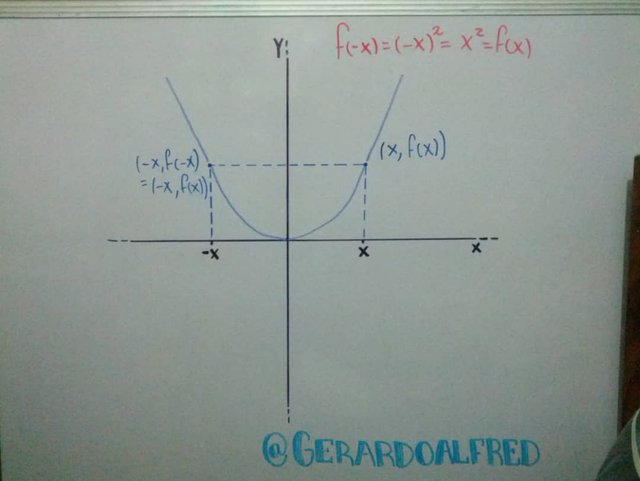
Una función f(x) es impar si su gráfico de f es simétrico respecto al origen

Como se puede observar los gráficos uno es simétrico al eje y y el otro simétrico respecto al origen. Pero si no conocemos la gráfica como sabemos si es par o impar, muy fácil la función es F(x)= x^n si n es par es par, y es impar n es impar.
Funciones crecientes y decrecientes
Sea f(x) una función definida en un intervalo que llamaremos x1 y x2
1.- Tenemos que F(x) es creciente si la función para cualquier par de puntos de los selecionado que fueron x1 y x2 en F se cumple:
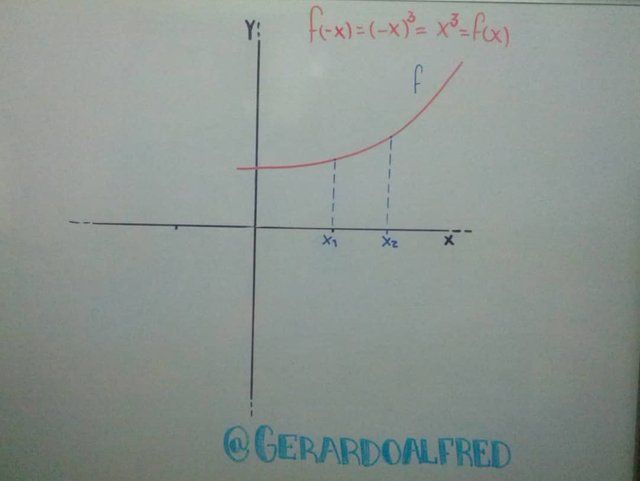
Se puede observar que agarramos dos puntos de la función y cumple con la condiciones planteada x1 es menor a x2 entonces tenemos una función creciente
- F(x) es decreciente si F si la función para cualquier par de puntos cumple con la siguiente condiciones como el ejemplo anterior llamado x1 y x2.
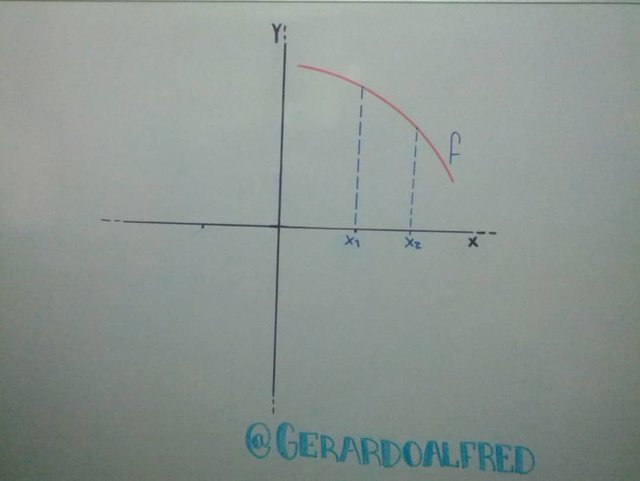
Se puede observar que agarramos dos puntos de la función y cumple con la condiciones planteada x1 es mayor que x2 entonces tenemos una función decreciente
Tenemos la función raíz
Si a= 1/n y n es un numero natural y no nulo tenemos la función raíz. Se mostrará para el caso n=2 y n=3
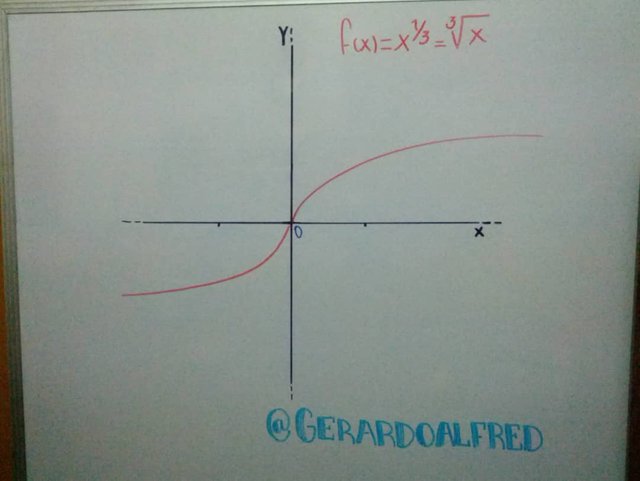
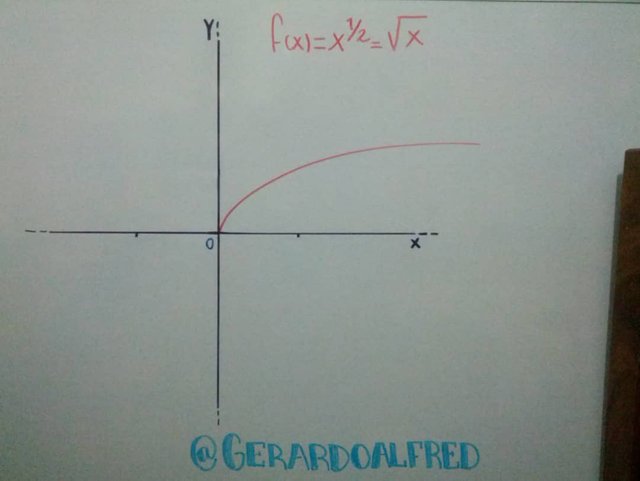
Pero ¿Qué pasaría si a = - n ?, donde n sea un numero natural y no nulo tenemos las siguientes funciones: presentando el caso anterior n = 1 y n = 2.

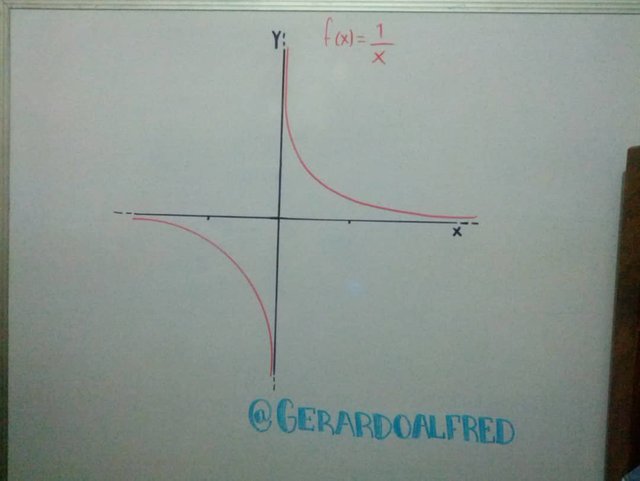
También existe la funciones trigonométricas
Las funciones más famosas trigonométricas y la que más da dolores de cabeza es la función seno y coseno. Se puede entender la función Y = sen(x) del ángulo cuya medida x radianes y se da la misma interpretación para la función de y = cos(x).Esta funciones su rango es [-1,1]
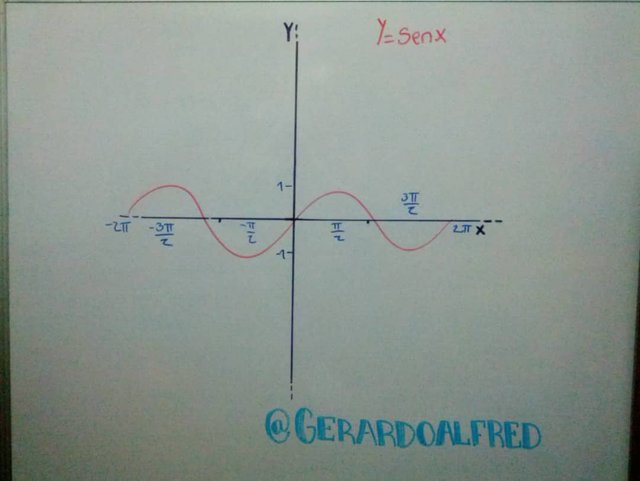
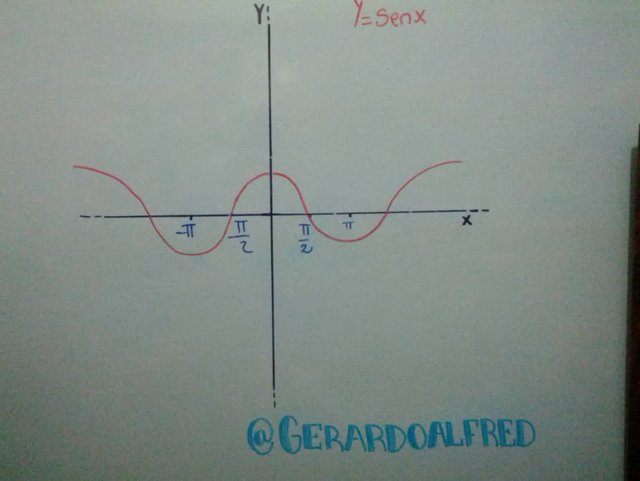
Nota: Estas dos funciones son periódicas de periodo de 2π y también tenemos que sen(-x) = - senx [ seno es impar], y cos(-x) = cos x [ coseno es par ]
Otras funciones trigonométricas son
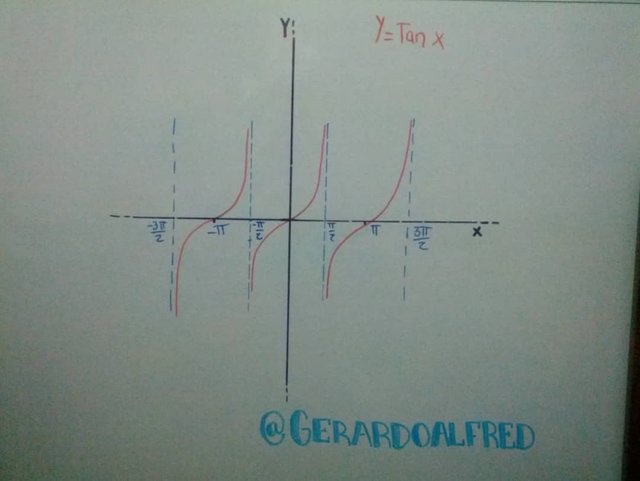
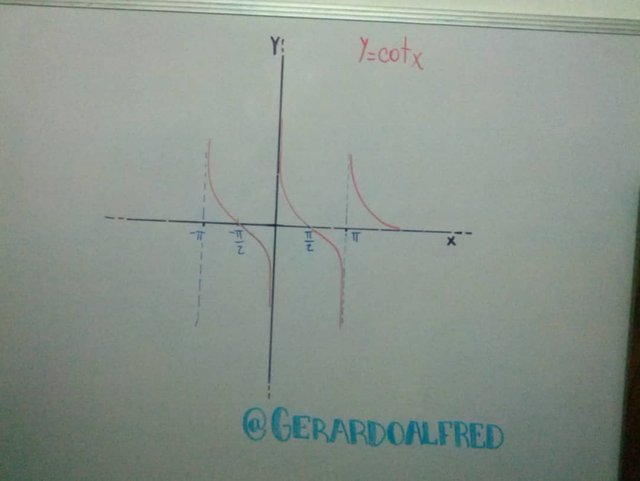
Nota: Tenemos que la función tangente es la relación entre seno y coseno, también como en los casos anteriores estudiado podemos observar que la función es creciente. La función Cotagente es la recíproca de la tangente y como la función tangente es la relación entre seno y coseno esta también.
Referencias Bibliográficas
1.-James Stewart (2001). Cálculo de una variable: trascendentes tempranas. 6ta Edición. Editorial Learning cengage
2.-Leithold Louis (200). Cálculo. 7ta Edición . Editorial universidad Iberoamericana.

Imagen elaborada por @carloserp-2000 y @iamphysical.

10 healthy breakfast tips
It’s fairly obvious why they say that breakfast is the most important meal, because these studies have shown that it is; making it a healthy breakfast is even more important. Eating doughnuts or a Danish and calling it breakfast isn’t quite what the researchers had in mind when they conducted their studies on breakfast eaters.
So how do you eat a healthy breakfast? The following are 10 tips to help make your first meal of the day both healthy and enjoyable.
Be prepared – If you just reach for the first thing in the fridge or cupboard during the morning breakfast rush, you’ll probably grab something quick but not particularly healthy most of the time. If you plan your breakfast ingredients ahead of time though (say the evening before), you can be sure of eating healthy as well as fast.
Eat healthy foods – Avoid breakfast cereals that are high in sugar and instead choose healthy breakfast options such as muesli, oatmeal, yoghurt, low-fat milk, fresh fruit and whole grain breads.
Suck down a smoothie – Smoothies are a good way to get your breakfast nutrition in a great-tasting shake, especially when you don’t have a lot of time in the morning. Just throw some ice, fruit and juice or low-fat yoghurt into the blender and away you go.
Prepare your own coffee – Many people grab a coffee on their way to work, but some of those fancy brews contain a lot of unwanted calories. If you’re a coffee drinker, make your own in the morning and preferably make it black with no sugar, as one cup of black coffee contains no fat and almost no calories.
Crack an egg – The jury’s still out on whether eggs are very good or bad for us, but in the meantime they’re a quick and easy occasional breakfast solution. They’re an instant source of high quality protein and, while the yokes are higher in cholesterol than the whites, they also contain necessary nutrients such as zinc, iron, Vitamins A, B and D, lutein and choline.
Make it an occasion – Family members are more likely to skip breakfast if it’s not part of the normal routine. If you can get everyone to sit down at the table for breakfast just as they would for dinner, then you have a better chance of ensuring they eat breakfast and that it’s reasonably healthy as well.
Substitute the cereal – For a different way to get your breakfast fibre, substitute the bowl of cereal for a bowl of brown rice instead. Cooked the night before and with some added honey, raisins, apple and cinnamon, it’ll give you the fibre you need plus Vitamin B and a whole new breakfast taste sensation.
Substitute the fat – If you’re one of those people who believes in breakfast but has to make it a ‘big breakfast’ (bacon, eggs, sausage etc), check out the vegetarian section at the supermarket. There are a surprising number of meat substitutes available these days (i.e. soy bacon and sausages) that will give you that protein hit without the saturated fats.
Put it in a sandwich – While sandwiches and wraps are not normally regarded as traditional breakfast foods, if time is of the essence rather than going without breakfast try making it portable. Low-fat cheese, lean meat and salad in a sandwich are all good healthy ways to get your nutrient start for the day.
Get up earlier – If you find you don’t eat breakfast because you don’t have time, there’s a simple solution - get up a bit earlier. It doesn’t have to be the crack of dawn either. Just ten or fifteen minutes earlier than normal will give you all the time you need to sit down and enjoy a healthy breakfast. If science were to invent a pill that would help us lose weight, improve our minds, lift our spirits and lower our risk of heart disease, we’d all take it once a day without hesitation.
No es mi área de formación, pero dedo reconocer lo limpio que te quedo el post, desde la diagramación, y la forma tan didáctica que lo presentas, que evidentemente, permiten que además de dar el apoyo, nos detengamos a leer cada párrafo. Saludos @gerardoalfred.
gracias amigo
Saludos @gerardoalfred! Buen post amigo, didáctico como su título. Deberías ser profesor (si ya no lo eres) 😄
Gracias men , no no soy profe solo preparador de la parte energética y fluido